The content of the article
This article focuses on a product such as glass noodles - another name that in recent years has become known to many due to the increased popularity of dishes containing this component (funchose). We will tell you about how you can distinguish a real funchose from a fake, find out how dangerous it can be eating this product. And, of course, we’ll find out how to cook this type of noodles, what it is better to combine with, and is there any point in using this dish.
Funchoza is one of the products that are part of the national Asian cuisine. Glass noodles are preferred in countries such as China, Korea, Japan, but, in addition, it is gaining popularity in the vastness of Russia. It got to the point that dishes, one of the ingredients of which is funchose, have become quite common for cafes and restaurants that delight their guests with Oriental cuisine.
How to recognize the right glass noodles?
There is a false assertion that funchose is an analogue of rice noodles. In reality, glass noodles in no way apply to rice. Mung bean starch is used to make this product.
Confusion does not occur from scratch. Of course, if you consider both of these varieties of noodles in dry form, then it is really difficult to distinguish between them. Both options look like thin, oblong filamentary structures, most often assembled into nests for ease of transportation and preparation. Differences begin to appear during their preparation. The color of the rice noodles will be white, and overall it will remain similar to the simplest spaghetti. While the appearance of the glass noodles will not change, that is, it will still be as transparent as in the dry form, despite the heat treatment. Apparently, it was due to this phenomenon that she became the owner of such a "glass" name.
What is the danger?
When choosing products on store shelves, be sure to pay attention to the label before giving your preference to a particular product, because the quality of the products you have chosen is the key to your health.
Cooking method
The noodles are cooked quickly enough for three to four minutes.There is no need to add salt to the water for cooking, but if you prefer the product to be saltier, you can safely add this seasoning, because it is quite acceptable. It’s just that they usually use soy sauce, which is usually added to food shortly before serving it, to achieve the salty taste of Asian dishes.
In addition, there is an alternative way to prepare funchose, for this it is necessary to fill it with boiling water, close the lid and let it brew for 10-15 minutes, and then rinse in cold water. So, even without using a hob, you can get ready-to-eat noodles. It is especially good to use this method if you plan to prepare a salad with glass noodles.
The type of cooked noodles should be transparent in the first place, in addition, during cooking, it acquires elasticity and resilience, which allows it to spring slightly on the teeth.
Nutritional properties
The usefulness of any food is determined by its nutritional value. Standard 100 g glass noodles contain 320 kcal, which is a lot and comparable to the calorie content of durum wheat varieties containing 334 kcal. At the same time, it is worth noting its wealth of macro- and microelements so important for health.
Of course, it is worthwhile to pay special attention to the content of vitamins:
- Vitamin E, also called “tocopherol,” is useful as an antioxidant, which indicates its ability to protect cell membranes from oxidative damage, has a rejuvenating and anti-aging effect, as it has a regenerative effect on the skin and other tissues.
- Vitamins of group B (B1, B2, B5, B6, B9) - are responsible for regulating the activity of the nervous system, influencing mental processes, participate in hematopoiesis and metabolism.
- Vitamin PP - participates in the synthesis of hormones, conducts cholesterol indicators to normal, regulates metabolic processes in the body involving fats and carbohydrates.
In addition to the abundant content of minerals and vitamins, a feature of funchose is the absence of gluten in its composition, which is a significant plus for allergy sufferers who are prone to reactions to this type of protein.
What does glass noodle go well with?
The best option is its combination with classic Chinese dishes like pork in sweet and sour sauce, fish in marinade, fried meat with a vegetable addition, wood mushrooms with soy sauce. In addition, funchose can be used both as an independent dish, and also as one of the ingredients of vegetable salads.
Should I eat funchose?
Adherents of a healthy diet are allowed to include noodles in their diet if there is a desire to use it as a source of trace elements and complex carbohydrates necessary for the body. The range of dishes, the ingredient of which is funchose, is quite large, but it is not recommended to be especially carried away by them and eat glass noodles daily, because proper nutrition should be varied.
Can overly frequent eating of funchoses have a harmful effect on health? Obviously, the answer will be positive, because any product with excessive consumption becomes harmful to the body, and funchose is no exception to this rule.
Video: gluten-free foods - funchose

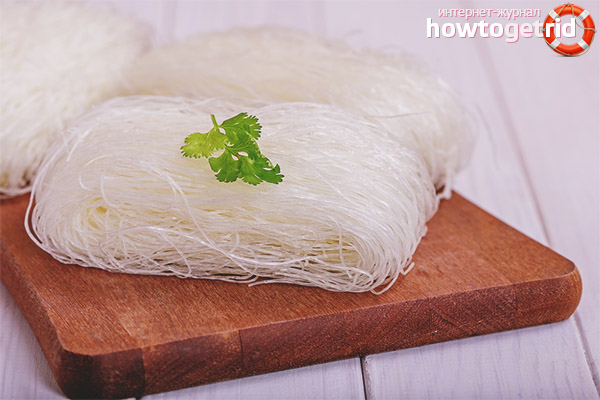

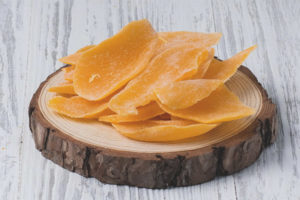
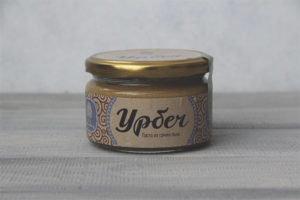
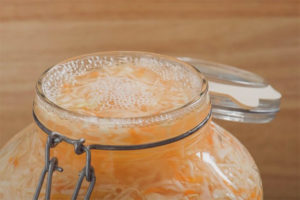

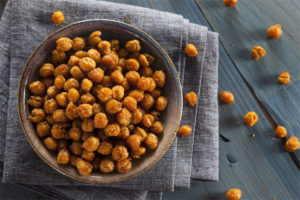
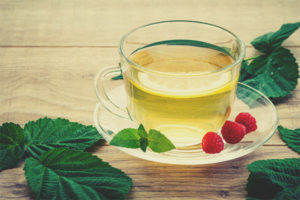
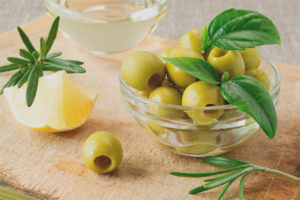
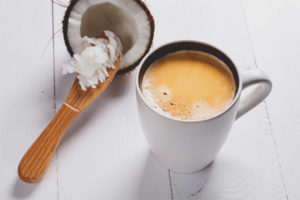
Submit